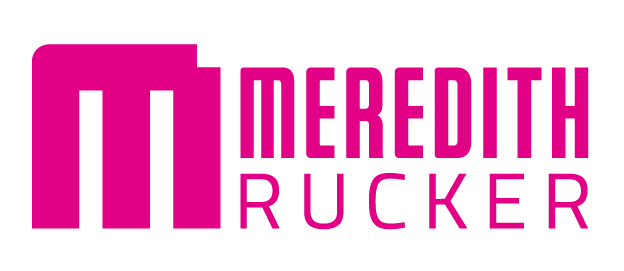Work shouldn’t always be so serious. Fun revives our hearts and minds, keeping the spark of creativity alive.
Inspiration is the catalyst for creativity. It is elusive, it is sought after, it is necessary. According to David Brooks of The New York Times, “[Many] often feel that something is working through them, some power greater than themselves” (2016). Believers may say that inspiration comes from God while others might call it a “muse”, but everyone agrees that inspiration is not a force that comes from within.
What exactly is inspiration? Brooks states that it is “a thrilling feeling of elevation, a burst of energy, an awareness of enlarged possibilities” (2016). As designers, we are constantly striving to break creative barriers and craft innovative solutions. Inspiration is the spark that allows us to see beyond the present and into the future. According to Scott Kaufman of the Harvard Business Review, inspiration has three main characteristics, “evocation, transcendence and approach motivation” (2011). First, inspiration must be evoked, which means that it must be called forth or brought to mind spontaneously. Inspiration is transcendent because it causes our minds to go beyond our ordinary experiences. Kaufman states, “Such transcendence often involves a moment of clarity. This moment of clarity is often vivid and can take the form of a grand vision, or a ‘seeing’ of something one has not seen before” (2011). Therefore, inspiration causes us to see something new. “Finally, inspiration involves approach motivation, in which the individual strives to transmit, express, or actualize a new idea or vision” (Kaufman, 2011). Inspiration motivates us to execute our new idea.
If inspiration comes from an outside source and can’t be mechanized or harnessed, is it attracted to a certain group of people who possess certain characteristics? According to Kaufman, “Inspired people [are] more open to new experiences, and [report] more absorption in their tasks” (2011). In other words, inspiration is attracted to people who desire new experiences and are driven by their work. Brooks also supports this thought. He states, “The inspired person is driven intrinsically by the work itself. The work takes hold of a person” (Brooks, 2016). As designers, we’re not driven by money or notoriety. We’re driven by finding the next solution through design. Inspiration also demands a certain mindset. Brooks intimates, “inspiration demands a certain posture, the sort of posture people feel when they are overawed by something large and mysterious. They are both humbled and self-confident, surrendering and also powerful” (2016). We must have the humility to submit to new ideas, but also have the confidence that we can execute them.
Although inspiration visits individuals, it thrives in groups. Brooks states, “Inspiration does not happen to autonomous individuals. It’s a beautiful contagion that passes through individuals” (2016). Brainstorming sessions open the floor for inspiration to take center stage. Collaboration invites inspiration when varied opinions, thoughts, and ideas converge. One never knows when it will strike but one thing is true, “[The] investment of time and effort prepares you for inspiration, but inspiration is a gift that goes beyond anything you could have deserved” (Brooks, 2016). Kaufman corroborates this fitting thought, “Research shows quite clearly that preparation (‘work mastery’) is a key ingredient” (Kaufman, 2011). So, what is inspiration really – a religious experience or a moment of enlightenment? Kaufman best sums it up with this thought, “…inspiration is best thought of as a surprising interaction between your current knowledge and the information you receive from the world” (2011).
“Inspiration does not happen to autonomous individuals. It’s a beautiful contagion that passes through individuals.”
Inspiration is an integral ingredient in the lifeblood of a branding agency. How can a design agency become an incubator for inspiration? Three words: fun, collaboration and diversity. Tom Waterton, content designer at IBM Design states, “Each day we engage in serious, important, pressured work AND we have some fun” (2017). As creatives, it’s necessary to strike a balance between the seriousness of our work and having fun. This a key component in birthing inspiration. If we’re always pushing ourselves like workhorses, burnout is imminent. Fun keeps our passion for creating alive!
An open environment also cultivates inspiration. According to Waterton, IBM Design makes it easy to get work done. “The whole area is clean, bright, and versatile…the space can be reconfigured day-to-day to suit the particular needs of each project team” (2017). Our work environment can affect our creativity for better or worse. It’s hard to think outside of the box if you’re in a cubicle! Waterton states, “We don’t just talk about work, or (much worse) email each other about work, we get up, congregate around a whiteboard and draw out our thoughts and ideas visually, then iterate over them” (2017). Open workspaces invite collaboration and facilitate visual exploration.
Diversity is also a key ingredient in cultivating inspiration. A design department can’t be housed in a sole individual. “Some people seem to think that you can hire a “generic” designer and expect them to carry out in-depth user research, design great workflows, deliver awesome visual designs, focus on optimizing the user’s experience, code up some cool micro-interactions, and write compelling content” (Waterton, 2017). It’s unreasonable to expect one person to fulfill the duties of a well-oiled design team. The individual isn’t able to focus on what they do best or solving the problem at hand. Waterton states, “The reason we have design teams in the first place is to help solve real-world problems and to produce great tools and solutions for real people…it’s essential that design professionals work closely with engineering and product management colleagues” (2017). Interacting with the various disciplines within the design team creates an avenue for inspiration to travel on. Varied perspectives cause designers to see the solution from every angle.
Diversity is also a key ingredient in cultivating inspiration.
Once inspiration strikes, a designer needs a good set of tools. From hardware to software our tools are paramount to ensuring the successful execution of an idea. Waterton states, “Having the right tools enables people to produce their best work. Or, to put it another way, poor tools limit what people can achieve” (2017). Troika Branding and Design Agency takes it a step further. According to Mark McConnell, “There [are] a lot of very talented designers, animators, people at Troika. And one of the things that we have discovered about the creative culture at Troika is that we need to feed that team” (Lynda.com, 2008). The network branding agency “feeds” their design team by offering ongoing classes on the industry’s latest tools – Adobe Premier, Final Cut Pro, etc. (Lynda.com, 2008). By enhancing the design team’s skills, next-level design thinking. McConnell states, “If the people are interested and inspired and stimulated, that shows up on the table and on the screen all the time” (Lynda.com, 2008).
Inspiration is to the designer as oxygen is to life. Although inspiration can be fleeting, we can create an environment for inspiration to grow. Our minds must be open to new experiences and have deep level of commitment to the mastery of our work. Inspiration also grows in teams. Collaboration allows each person to trigger new ideas. Fun is paramount to finding inspiration. Work shouldn’t always be so serious. Fun revives our hearts and minds, keeping the spark of creativity alive. Finally, continued education is necessary for cultivating inspiration. Sharp minds and sharp skills create cutting-edge work. Inspiration isn’t as elusive as we think. In the right environment, it can and will be a ready resource.
References
Brooks, D. (2016, April 15). What Is Inspiration? Retrieved from https://www.nytimes.com/2016/04/15/opinion/what-is-inspiration.html
Kaufman, S. (2011, November 8). Why Inspiration Matters. Retrieved from https://hbr.org/2011/11/why-inspiration-matters
Lynda.com (Producer). (2008, December 18). Creative Inspirations: Troika Design Group,
Design and Branding Agency [Video file] Retrieved from https://www.lynda.com/Creative-Inspirations-tutorials/troikadesigngroupdesignandbrandingagency/745-2.html
Waterton, T. (2017, June 8). Creating a culture of design: Some reflections on the culture I’ve experienced at IBM Design. Retrieved from https://medium.com/design-ibm/creating-a-culture-of-design-dfb9a36623b3
Related Posts
November 10, 2021
Untangling the Web
Contrary to popular belief, website design isn’t that different from print design. They both start…
October 13, 2021
Maker vs. Master
My graduate studies have made me question everything I’ve learned in my undergraduate studies and…



